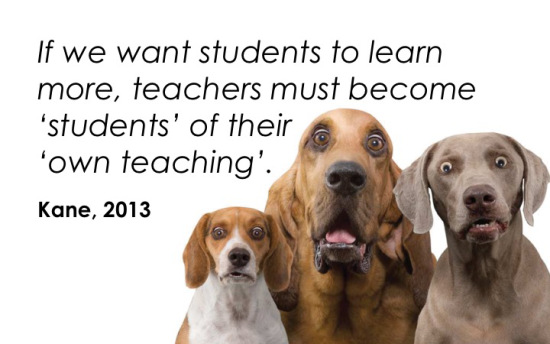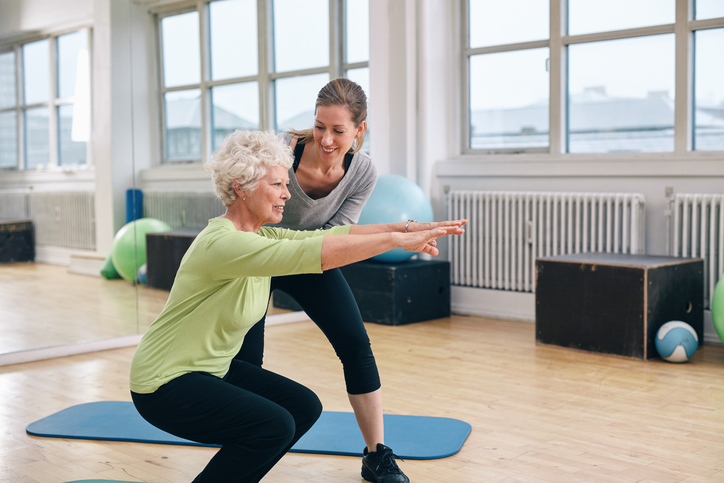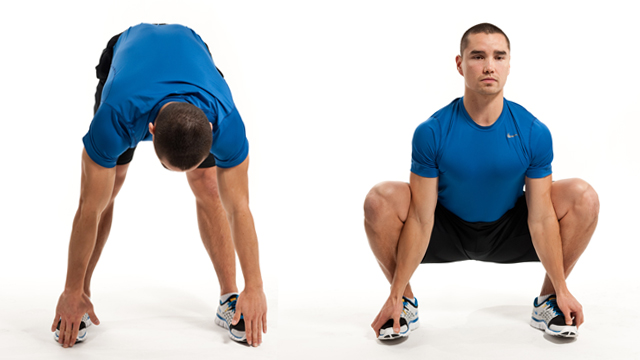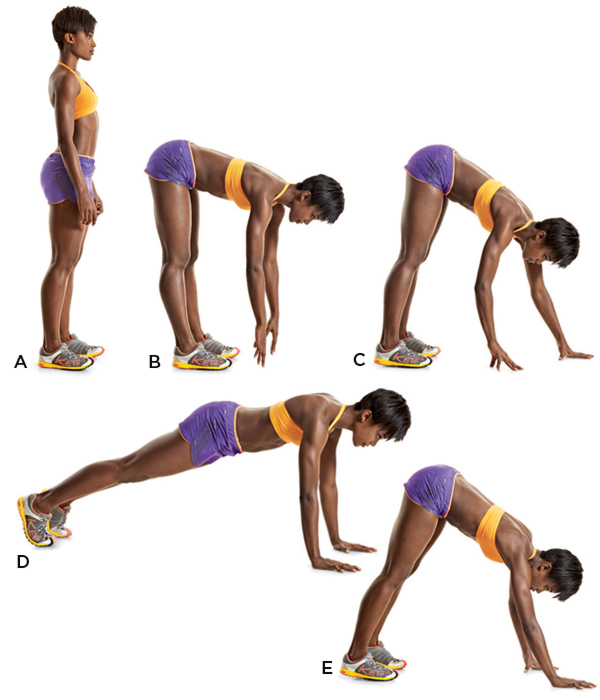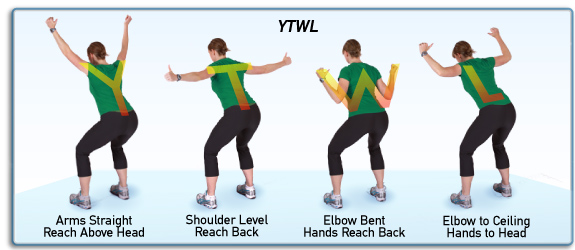For your initial client assessment, you must complete the goal section.
Then, based on your client's goals, decide which information in subsequent sections would be relevant to monitor. If you are opting to track something not included on this form, please indicate what/how you will monitor in the initial assessment section below.

